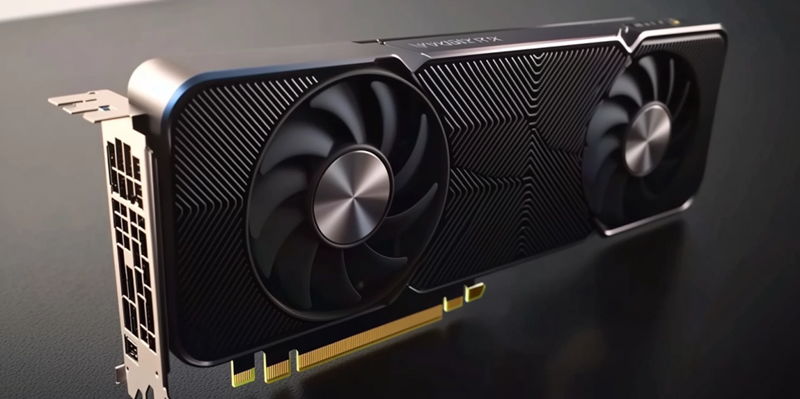Nvidia, a dominant player in the graphics card industry, is reportedly planning to enter the consumer PC processor market with new Arm-based CPUs. This potential move could significantly disrupt the current market, which is largely controlled by Intel and AMD. According to a DigiTimes report covered by PCGamesN, Nvidia’s new chips could be announced in September 2025 and launched in March 2026. This development comes as Qualcomm’s exclusive rights to Windows on Arm are set to expire in 2024, opening the door for new entrants.
The Market Dynamics and Nvidia’s Strategic Advantage
Leveraging Nvidia’s Strong Reputation in the PC Industry
Nvidia, renowned for its innovative graphics cards, could leverage its strong reputation to introduce much-needed competition for Intel and AMD. The company’s entry into the CPU market comes as the industry increasingly seeks alternatives to traditional x86 architecture, which has long been the staple for consumer PCs. By developing its own Arm-based processors, Nvidia can build on its existing strength and potentially offer consumers a more cohesive ecosystem of hardware and software. This move could attract a significant portion of the gaming and high-performance computing market, sectors where Nvidia already holds a considerable share.
However, Nvidia’s path is not without challenges. A crucial hurdle is its lack of an x86 license, essential for maintaining broad software compatibility. Most consumer PCs and a significant portion of associated software are designed for x86 architecture. To overcome this limitation, there are speculations about a possible collaboration between Nvidia and Qualcomm. If Qualcomm acquires Intel, as rumored, it could provide Nvidia with the necessary x86 licenses. Such a collaboration could also streamline the transition for software developers, fostering a more seamless integration of Nvidia’s Arm-based CPUs into the existing PC market.
The Gaming Ecosystem Synergy
Another significant angle is Nvidia’s potential synergy with its existing dominance in the gaming market. Developing Arm-based gaming processors could create a comprehensive ecosystem, pairing Nvidia’s CPUs with its graphics cards. Given Nvidia’s expertise in the gaming sector, this shift might foster an environment where software and hardware are optimized to work together, enhancing the gaming experience. This would necessitate substantial investment to port games to Arm architecture, as the majority of PC software and games currently lack native Windows on Arm support.
The challenge here is akin to what Apple faces with gaming on Macs, where developers need to optimize or rewrite code for the new architecture. Despite this, the potential benefits are significant, given the performance optimizations that could be achieved with a fully integrated gaming ecosystem. The success of such an endeavor would depend on attracting developers to the platform and ensuring that popular titles are available and perform well on Arm-based systems.
Industry Trends and Potential Adaptation
Optimizing Performance on Windows on Arm
Optimizing performance on Windows on Arm has shown promise, and there are valuable lessons Nvidia could learn from other industry players. Drawing parallels, Valve’s success in adapting PC games for Linux on SteamOS suggests that Nvidia could steer a similar adaptation for Arm. Valve’s approach demonstrates that with the right investment and development strategies, it is possible to overcome initial compatibility challenges and deliver a robust gaming experience on a different architecture.
Additionally, optimizing Windows on Arm could open new possibilities for efficiency and performance improvements. Enhanced battery life and lower power consumption, combined with Nvidia’s expertise in GPU performance, could result in highly efficient computing solutions. This broader trend towards diversifying processor architecture beyond the traditional x86 framework indicates a significant shift in the industry, aimed at meeting evolving computing needs and offering consumers greater choice.
Broader Implications and Future Prospects
The implications of Nvidia entering the CPU market are profound, as it could offer consumers more choices and potentially drive innovation and performance improvements in the industry. Nvidia’s expertise in GPU technology and its resources position it as a formidable contender, promising to bring fresh competition to a market that has long been dominated by Intel and AMD. This entrance is eagerly anticipated by tech enthusiasts and could redefine the future of consumer PC hardware.

